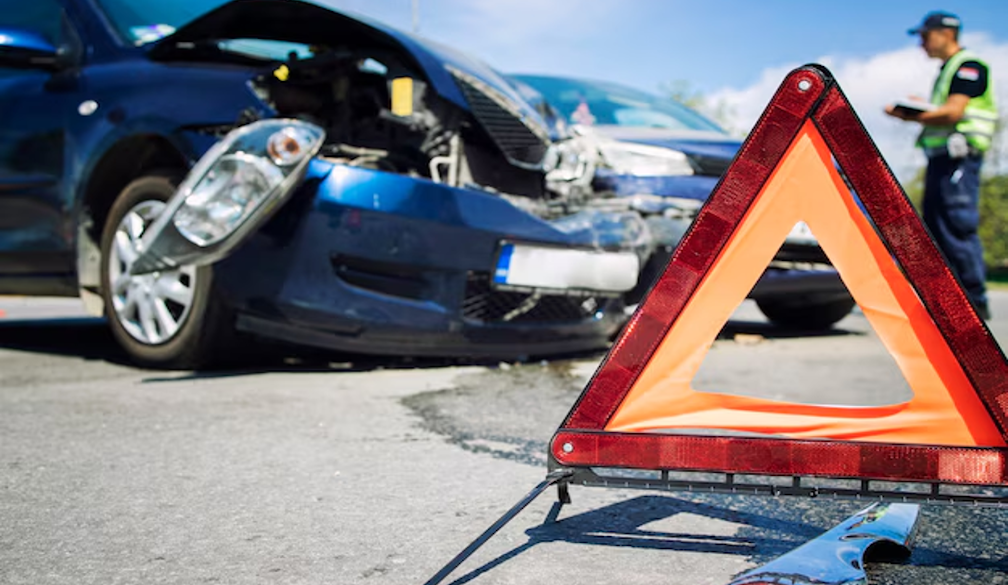Understanding the Causes of Road Accidents and How to Stay Safe

Road safety is essential to modern life, with millions of vehicles sharing the roads daily. Despite vehicle technology and infrastructure advancements, road accidents remain a significant concern worldwide. Understanding the causes of these accidents and adopting effective safety measures can significantly reduce risks for drivers, passengers, and pedestrians alike.
Common Causes of Road Accidents
Several factors contribute to road accidents, often resulting from human error, environmental conditions, and mechanical failures.
Distracted Driving: A Leading Cause
Distracted driving has become one of the most prevalent causes of road accidents. Mobile phones, in-car entertainment systems, and other distractions divert drivers' attention from the road. Texting while driving is particularly hazardous, as it requires visual, manual, and cognitive attention simultaneously. Staying focused and minimising distractions can drastically improve road safety.
Speeding and Reckless Driving
Excessive speed reduces reaction time and increases the severity of collisions. Speeding drivers may struggle to navigate curves, avoid obstacles, or stop in time to prevent an accident. Adhering to speed limits and adjusting speed according to road and weather conditions are essential practices for safe driving.
Driving Under the Influence
Alcohol and drugs impair judgment, coordination, and reaction times, making impaired driving a major risk factor for road accidents. Even small amounts of alcohol can affect a driver's ability to respond to sudden changes in traffic conditions. Strict adherence to legal limits and the use of designated drivers can help prevent such incidents.
Adverse Weather Conditions
Rain, fog, snow, and ice can create hazardous driving conditions by reducing visibility and traction. Drivers should adjust their speed, maintain safe distances from other vehicles, and use appropriate lighting to navigate safely in adverse weather.
Mechanical Failures and Poor Vehicle Maintenance
Brake failures, tyre blowouts, and engine malfunctions can lead to accidents. Regular vehicle maintenance, including brake checks, tyre inspections, and fluid top-ups, helps prevent mechanical issues that could compromise safety. If you have a busy schedule, using a mobile mechanic service can make it easier to stay on top of essential checks and repairs without disrupting your day.
Road Infrastructure and Environmental Factors
Poorly maintained roads, inadequate signage, and dangerous intersections contribute to accidents. Local authorities play a crucial role in maintaining infrastructure, while drivers must remain vigilant when navigating unfamiliar or hazardous roads.
Effective Strategies for Preventing Road Accidents
Proactive measures can enhance road safety and reduce accident risks.
Defensive Driving Techniques
Defensive driving involves anticipating potential hazards and responding effectively. Drivers should stay alert, maintain safe following distances, and be prepared for sudden actions by other road users. Enrolling in defensive driving courses can further improve skills and awareness.
Adhering to Traffic Rules and Regulations
Traffic laws exist to maintain order and safety on the roads. Observing traffic signals, yielding when required, and respecting pedestrian crossings help create a safer environment for all road users.
Use of Safety Equipment
Seat belts, airbags, and child car seats are critical for occupant protection during collisions. Motorcyclists should always wear helmets, while cyclists benefit from high-visibility clothing and protective gear.
The Role of Technology in Enhancing Road Safety
Modern vehicles are equipped with advanced safety features designed to prevent accidents and protect occupants.
Anti-lock Braking Systems (ABS)
ABS prevents wheels from locking during emergency braking, allowing drivers to maintain steering control. This feature is particularly beneficial on slippery or uneven surfaces.
Electronic Stability Control (ESC)
ESC helps drivers maintain control during sharp turns or sudden manoeuvres by automatically applying brakes to individual wheels as needed.
Collision Avoidance Systems
These systems use sensors and cameras to detect potential collisions, alert drivers or automatically apply brakes to mitigate impact—forklift pedestrian safety sensors.
Emergency Assistance Technologies
Features like automatic emergency calls (eCall) provide immediate assistance after an accident, improving emergency response times and potentially saving lives.
Promoting a Culture of Road Safety
Creating safer roads requires a collective effort from governments, organisations, and individuals.
Public Awareness Campaigns
Educational initiatives highlighting the dangers of distracted driving, speeding, and impaired driving raise public awareness and encourage responsible behaviour.
Community Engagement
Local communities can promote road safety through workshops, events, and partnerships with schools and businesses.
Law Enforcement and Policy Implementation
Strict enforcement of traffic laws, coupled with penalties for dangerous behaviour, acts as a deterrent and reinforces the importance of safe driving practices.
Conclusion
Understanding the causes of road accidents and adopting safe driving practices can significantly reduce road traffic incidents. By staying focused, respecting traffic rules, and maintaining vehicles, drivers contribute to safer roads for everyone. Technological advancements and collaborative efforts from authorities and communities further support this goal, making road safety a shared responsibility for all.
Moreover, as we continue to see improvements in vehicle technology and road infrastructure, individuals must remain proactive about their role in promoting safety. Regular driver education, awareness campaigns, and adherence to safety protocols help build a culture of responsibility. Road safety should not be solely the responsibility of law enforcement or vehicle manufacturers; each of us must take ownership of it to protect ourselves and others on the road.
A safer driving environment is achievable through a combination of personal responsibility, technological advancements, and community involvement. With these efforts, we can work toward a future where road accidents are significantly reduced and the lives of drivers, passengers, and pedestrians are protected.












